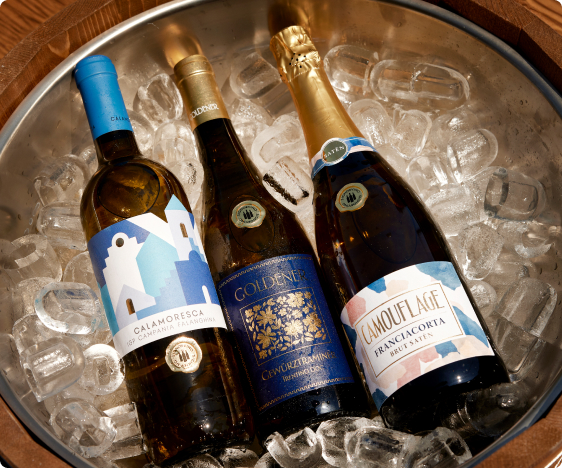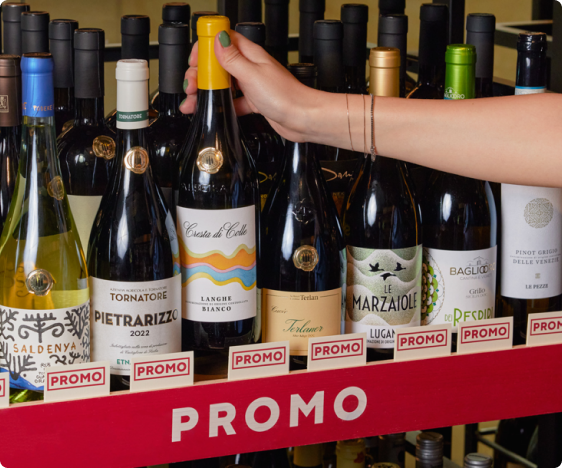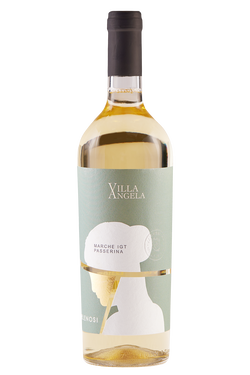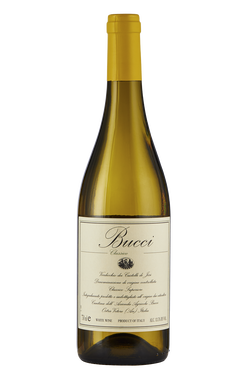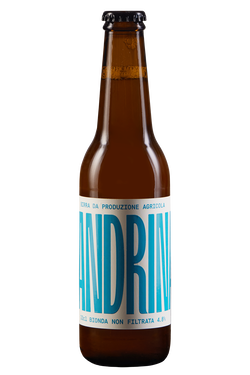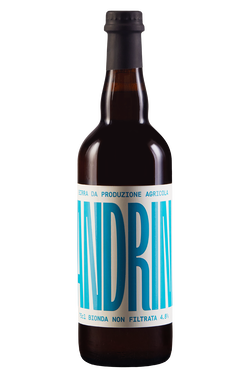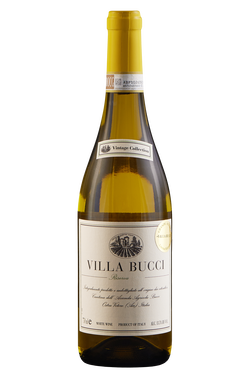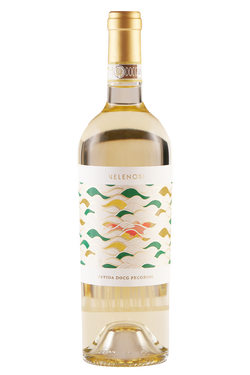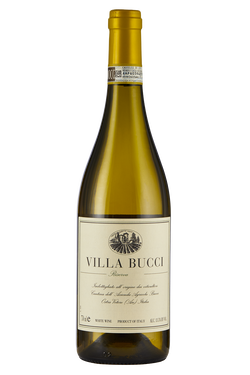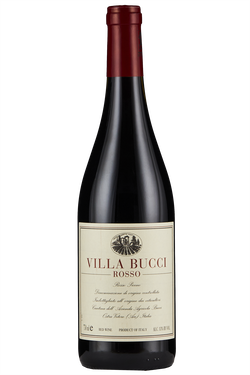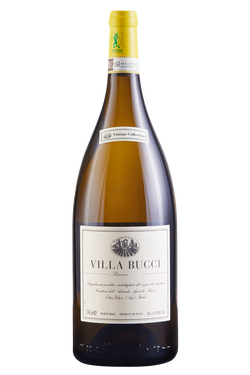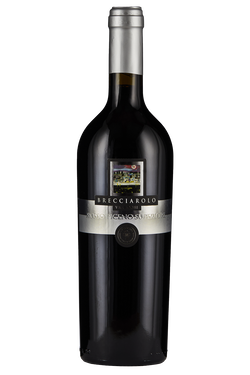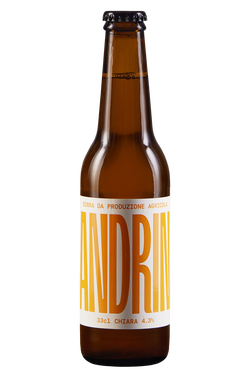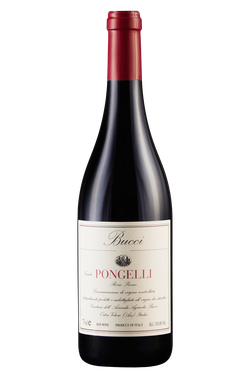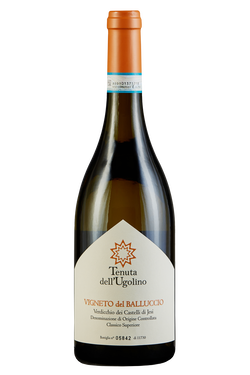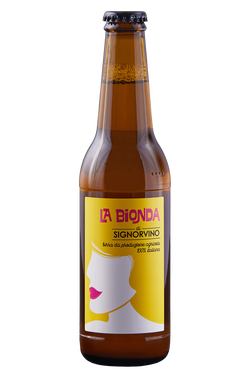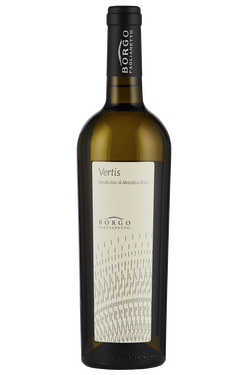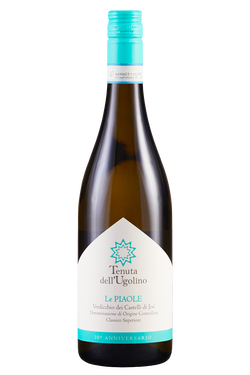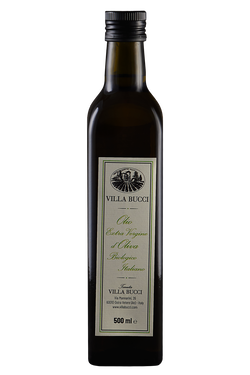- Wines >
- Marche
Marche’s best wines
Marche is particularly famous for white wines, especially those made from Verdicchio. They are fresh-tasting, fruity wines with a lively acidity and a typical almond-flavoured finish, and they also have good potential for ageing. Although many commercially successful wines are produced in Castelli di Jesi, it is in the mountainous terrain of Verdicchio di Matelica that the most distinctive and complex wines are produced. Alongside Verdicchio, there are native grape varieties like Pecorino, which is gaining popularity after disappearing into oblivion in the past, and other national and international grape varieties like Malvasia Toscana and Pinot Bianco. The red wine from Marche that deserves more attention is Rosso Piceno, produced mostly from Sangiovese grapes. Meanwhile, the Montepulciano grape is used for the production of Rosso Conero, a wine with a lot of tannins and delicate flavours of undergrowth. Recently promoted to DOCG, Vernaccia di Serrapetrona is an unusual sparkling red that is winning over wine lovers in Italy and abroad. Another wine from Marche made from Vernaccia grapes is Lacrima di Morro d’Alba, traditionally vinified with the addition of a must from partially dried grapes.
The history of viticulture in Marche
Vines have probably been present in Marche since the Iron Age, as revealed by some archaeological findings, and wine production in the region dates back to Etruscan times, between the 10th and 8th century BC. The first notes on Marche wines were made by Polybius, the famous Greek historian who, in his war chronicles from 168 BC, told of some soldiers travelling for the Punic Wars enjoying a good wine from the Picentes. The Romans themselves loved the wine from Picenum, the ancient name for what is now Marche, and even Pliny the Elder cited local wines in his important work Naturalis Historia. However, it was not until the end of the 1500s that official texts were produced featuring descriptions and information about Marche’s grapes and wines. From a wine-producing perspective, the modernisation process began after World War Two when selected grape varieties were initially planted in the hilly areas of Jesi, Cupramontana, and the hills of Picenum. The subsequent increase in quality was then officially recognised in 1962 with the DOC and DOCG classifications to legally protect the region’s quality wines.
Wine-producing areas in Marche
Marche has a series of areas that are particularly well-suited to cultivating vines. The gentle coastal hills, like those around Ancona, are a typical example. Their limestone and clay contribute to the typical terroir, while the morphological variability of the landscape has a strong influence on the climate. The region’s long Adriatic coast, from Ascoli Piceno to the hills of Senigallia, is a paradise from fish lovers and mostly produces white wines. South of Ancona, on the slopes of the Monte Conero massif, Montepulciano prospers in a continental climate and in soil rich in chalky limestone and clay minerals. South of Monte Conero, in a much larger area, is the Rosso Piceno DOC zone. The terrain is hilly there and as it is closer to the sea, there is a strong acidity to the wine influenced by the coastal currents. In Marche, there are 5 DOCG designations (Castelli di Jesi Verdicchio Riserva, Conero, Offida, Verdicchio di Matelica Riserva, and Vernaccia di Serrapetrona) and 15 DOC designations. There is also a regional IGT designation for Marche’s wines, for which local grape varieties are used, as well as Syrah, Cabernet Sauvignon, Merlot and Chardonnay.
Marche’s most award-winning wines
There is no denying that wine-making in Marche is constantly growing, and the number of award-winning wines with the top recognition from national and international guides is yet another testament to this. When it comes to Verdicchio, the most renowned producer is undoubtedly Ampelio Bucci, a great ambassador for the area. The Bucci family, who have been producing wine in Marche since the 1700s, own 26 hectares that are cultivated organically. The old vineyards and low yields produce very intense wines. Their Verdicchio Castelli di Jesi Riserva is internationally recognised as one of the best Italian white wines. Moving to the Matelica DOC zone, although it has not been around for as long, the Borgo Paglianetto winery suddenly reached the pinnacle of excellence and popularity and was awarded Three Glasses by Gambero Rosso for its “Vertis”, a wonderful expression of the terroir. Although Marche’s reds are still somewhat in the shadows of Verdicchio, the Velenosi winery, is definitely worthy of a mention, along with its Roggio del Filare Rosso Piceno Superiore, one of the few reds in the region to be awarded Three Glasses by Gambero Rosso, and definitely the most renowned.
